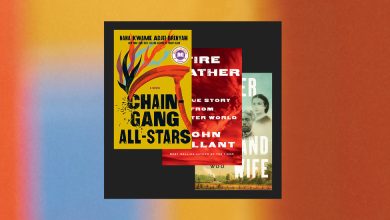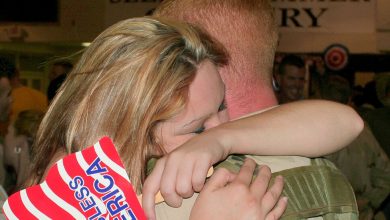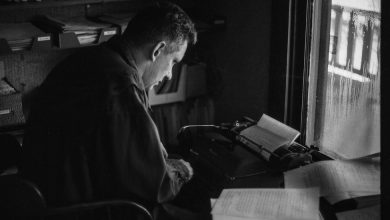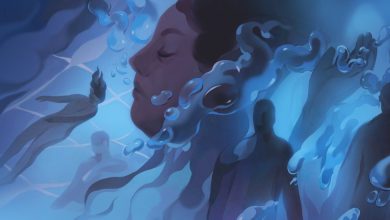The Panama Canal Redrew the World’s Map. A Novel Explores the Lives It Changed.
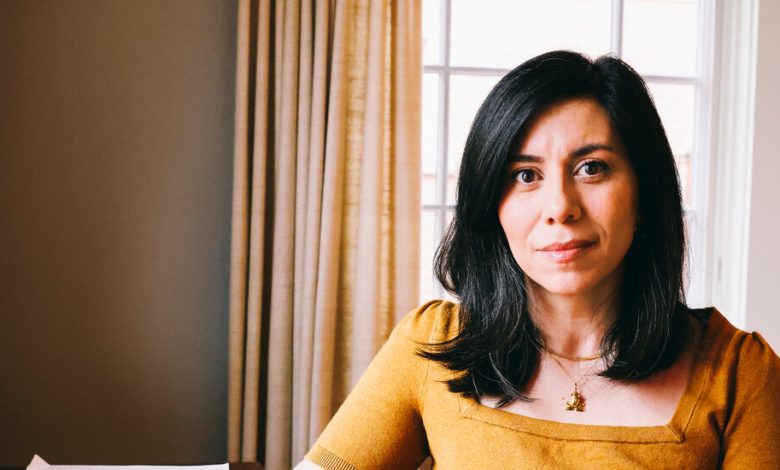
As far back as Cristina Henríquez can remember, there has always been the Panama Canal. She visited it every summer on family trips. Later it became standard fare she studied in high school: the engineering feat connecting two oceans, a formative adventure in American expansionism, an early notch on Teddy Roosevelt’s belt.
The questions, however, didn’t occur to her until she was older: Whose lives, and deaths, lay behind a project so massive it redefined countries and redrew the world’s map?
“I grew up going to the canal, but I didn’t know what I was seeing,” Henríquez said. “I understood that it was the most salient association most people have with Panama, but I wanted to go inside it, in a different way.”
Her new novel “The Great Divide,” shifts the focus to those uprooted, displaced, and also enticed by the shipload with advertisements like the one she found to open the book, out March 5. “2-year contract,” it reads. And, “Free lodging and medical care.” “Work in paradise!”
That there was work was true. That it would be paradise was not, at least not for those who hacked, blasted, shoveled, dredged and carved 51 miles through mud, rock, jungle, cyclic violence, the miasma of deadly insect-borne disease, and a piece of the Continental Divide.
Henríquez lives outside of Chicago, but on a recent visit to New York she stood, head craned back, in the Theodore Roosevelt Memorial Hall at the American Museum of Natural History. She was scanning “The Building of the Panama Canal,” a monumental mural painted in the 1930s and an official version of the past, bursting with allegory, symbolism and clusters of historical figures. It celebrates the deal Roosevelt’s government struck with a newly independent Republic of Panama in 1903: In exchange for $10 million and an annual payment of $250,000, the United States won the right to establish the Canal Zone, a sovereign territory that stretched five-miles-wide on either bank.

